
Sightseeing in Georgia - the ancient fortress of Rabati in Akhaltsikhe, a modern historical complex.
A fortress with a rich ancient history awaits tourists in Akhaltsikhe - Rabati. At one time it was called the "Lion's Den" and is one of the main attractions of Georgia. Now it has been restored, has three floors and shops are located on them
Rabati Fortress is a medieval fortress created in the XI century in the city of Akhaltsikhe, located in the south of Georgia, on the banks of the Potshovi River. At the beginning of the 9th century, the fortress had the name “Lomisa", which translated from cargo.language as a “lion” fortress. However, at the end of the 12th century it acquired a new name “Akhal-tsikhe” which literally translates as “New Fortress".
Today's name “Rabat” is Hebrew/Arabic and means any fortified place. The successful location of the fortress is due to the fact that highways pass nearby, which favorably affects the accessibility of this attraction in Georgia.
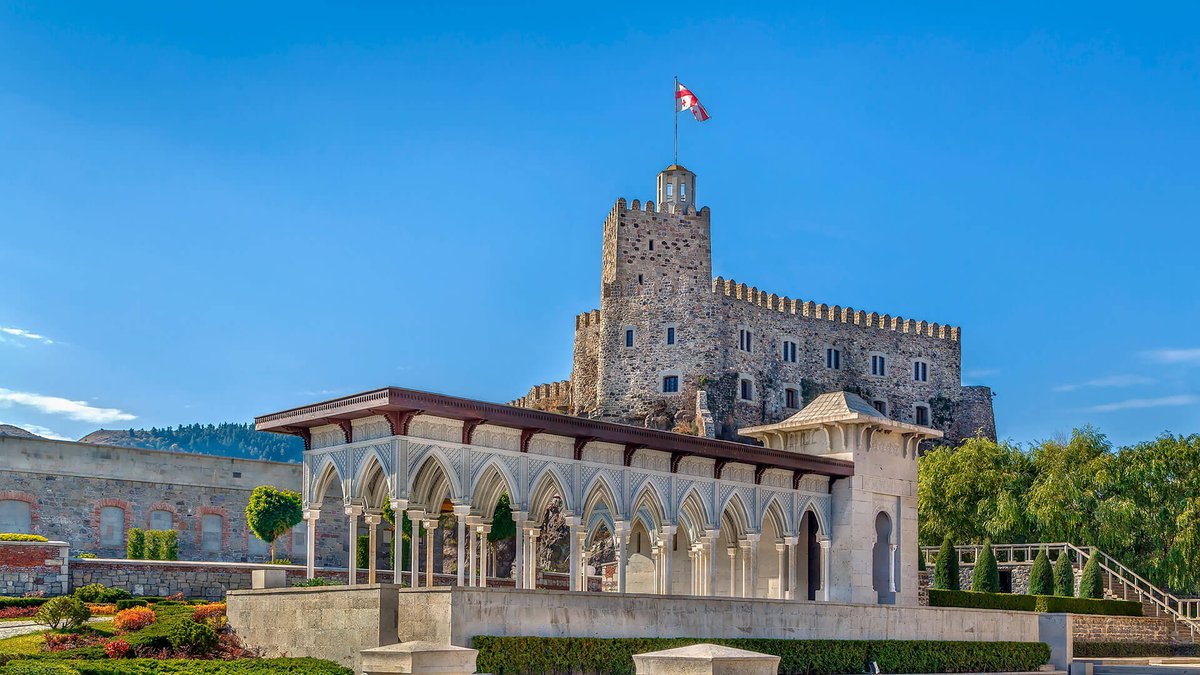
History.
The fortress originates its own history in the IX century, when its predecessor was the Lomisa fortress. At the end of the 9th century, Lomisa became the ancestral domain of the princes of Djakeli from the house of Chorchaneli, very authoritative and great feudal lords. During the reign of Queen Tamara at the end of the 12th century, the Jakeli family came into conflict with the ruling monarch dynasty. When the rebellion was suppressed, by order of Queen Tamara, all the possessions of the Dzhakeli were transferred to another branch of the house of Chorchaneli, who founded a fresh dynasty of the Dzhakeli. Thanks to the efforts of the new family, Jakeli Lomisa has turned into an authentic city with a new name “Akhal-tsikhe”.
At the beginning of the 14th century, the fortress, at the behest of Tsar George V, turned into the capital of the principality of Samtskhe. The residence of the Athabetes and a Christian church-monastery were built. At the end of the 12th century, the fortress was seriously damaged during Tamerlane's campaign of conquest in Transcaucasia. 100 years later, the fortress city was almost burned by the army of Yakub Shah. In 1579, during the attack of the Ottoman Empire, the princes voluntarily surrendered the fortress to the Turks and became one of the first feudal lords to convert to Islam. Under the Turks, the fortress expanded significantly, an impregnable citadel appeared on top of a cliff.
Russian Russian troops took part in the Russo-Turkish war, in which the Turkish troops were defeated and the fortress was occupied by Russian troops. In 1853, at the walls of the fortress, there was a confrontation between the Turkish army and the detachment of Prince I.M. Andronikov during the Crimean War. The latter won, thereby stopping the Ottoman Empire in the offensive in Transcaucasia. The history of the fortress gives many reasons to visit it and answers the question “What to see in Georgia”
Reconstruction.
In May 2011, the fortress underwent a global reconstruction with the completion and restoration of buildings destroyed in immemorial times. Turkey, which is interested in preserving the cultural heritage of the Ottomans, partially participated in the reconstruction. The renovated fortress, developed infrastructure, beautiful surrounding nature elevates the fortress to the most beautiful places in Georgia.





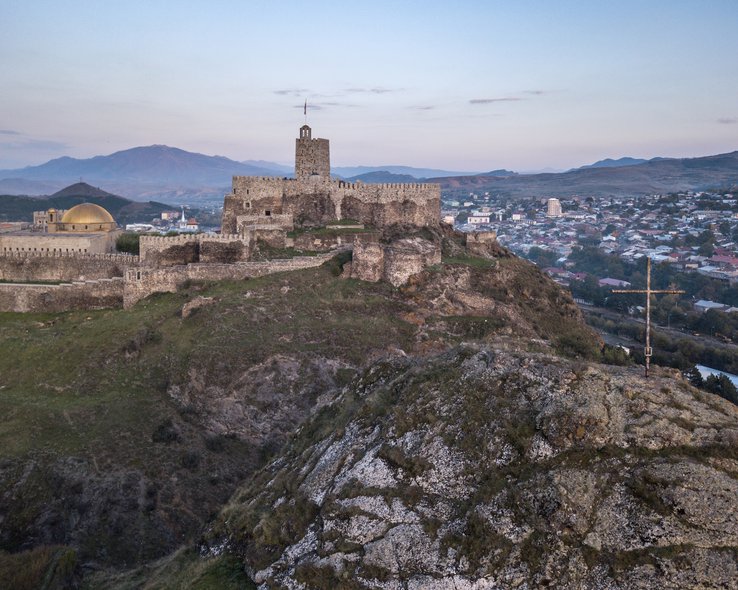
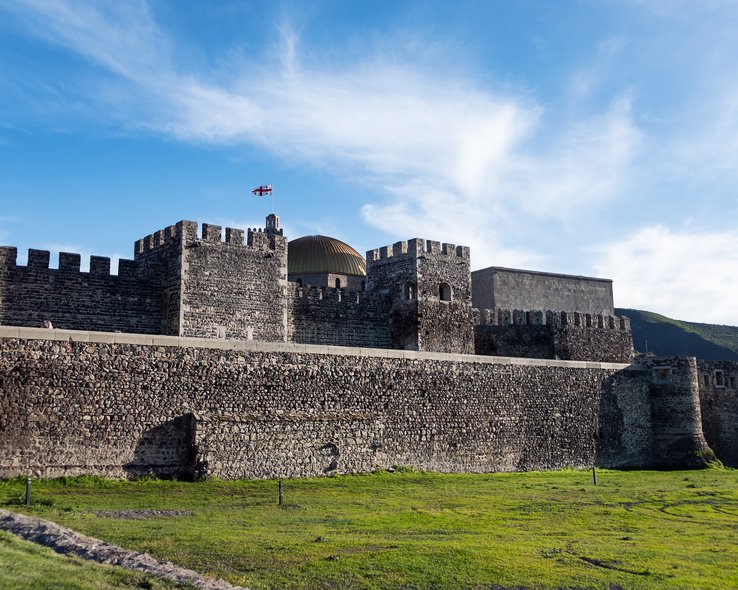
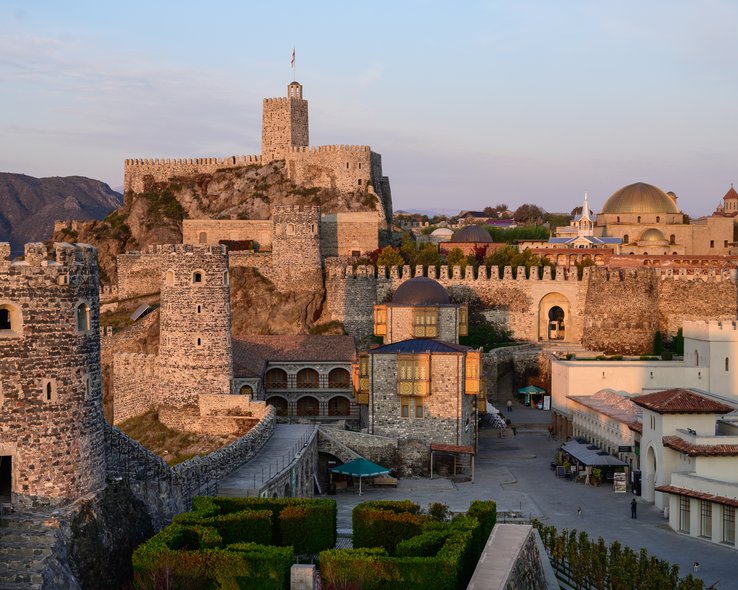
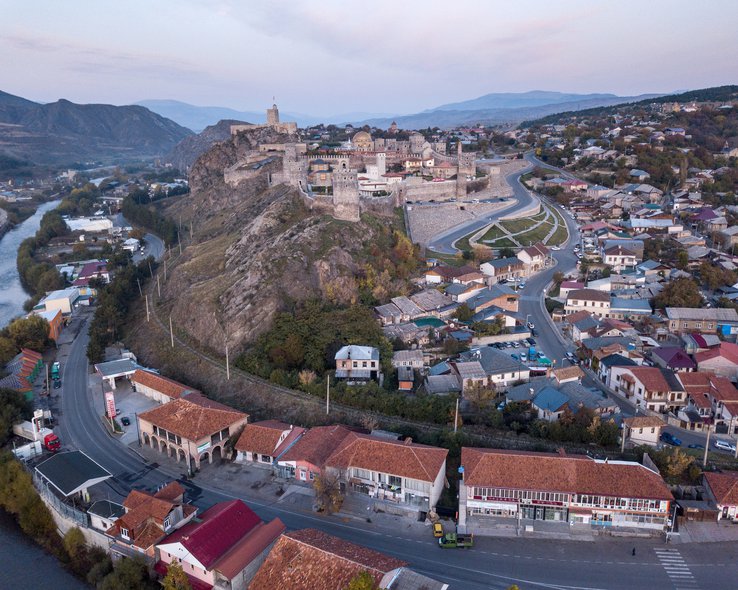

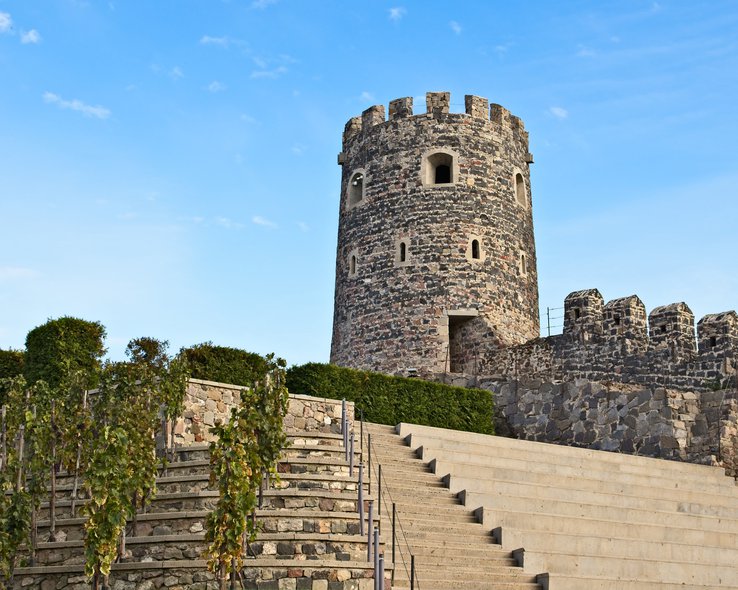
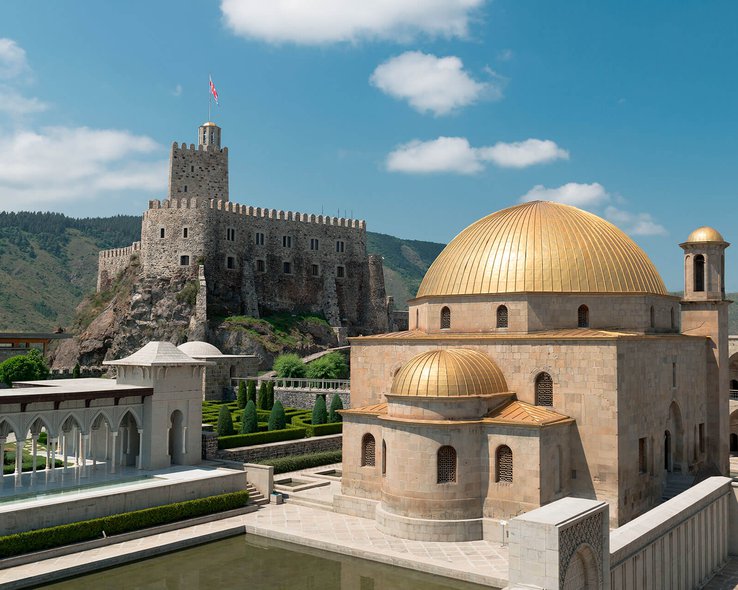
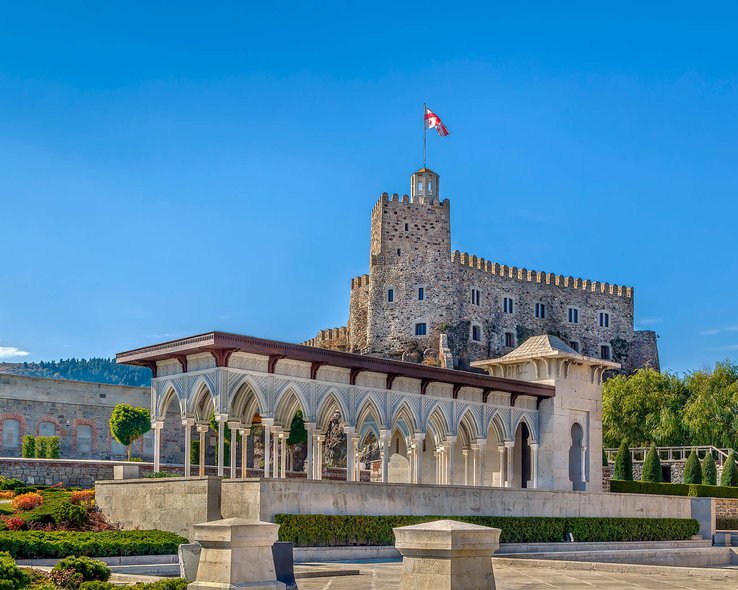
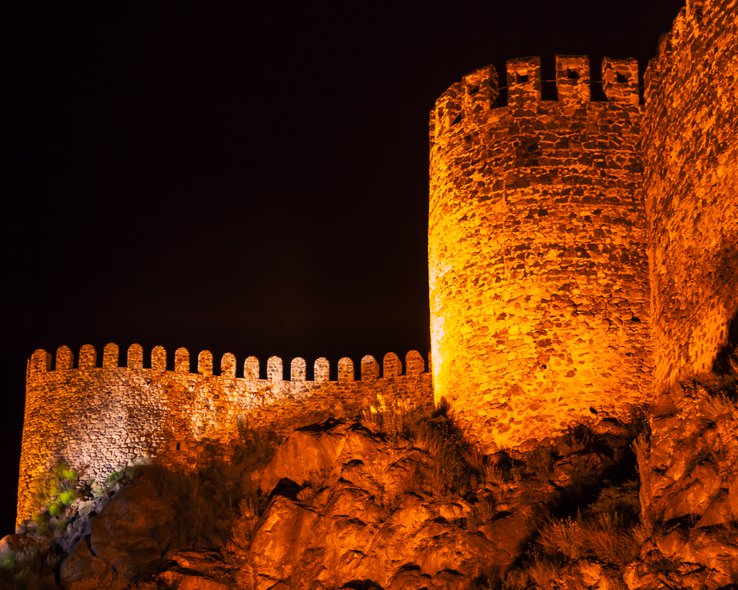
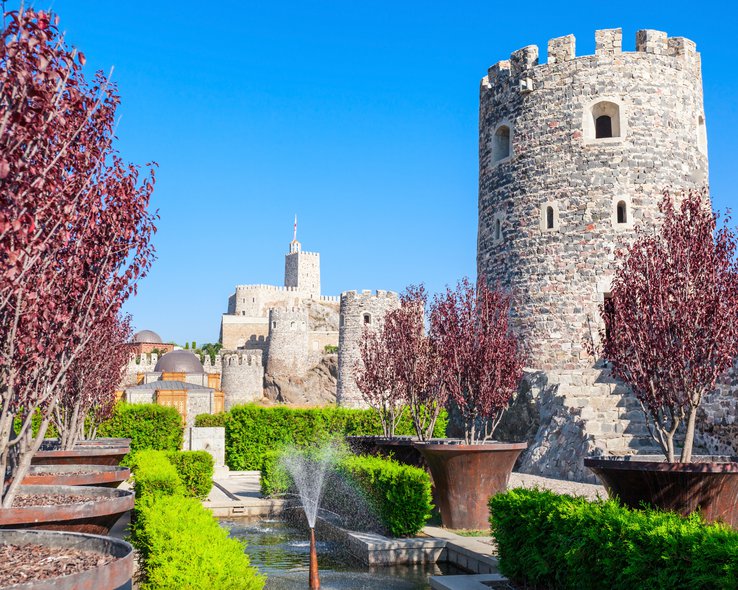
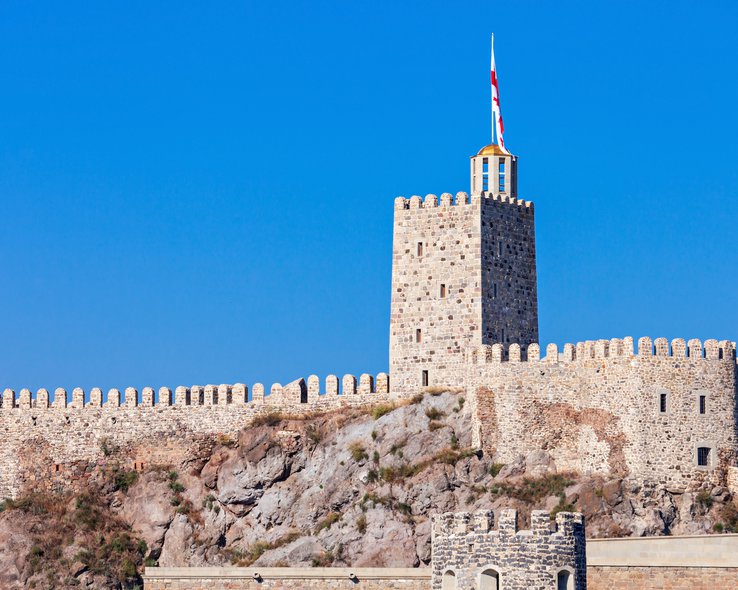
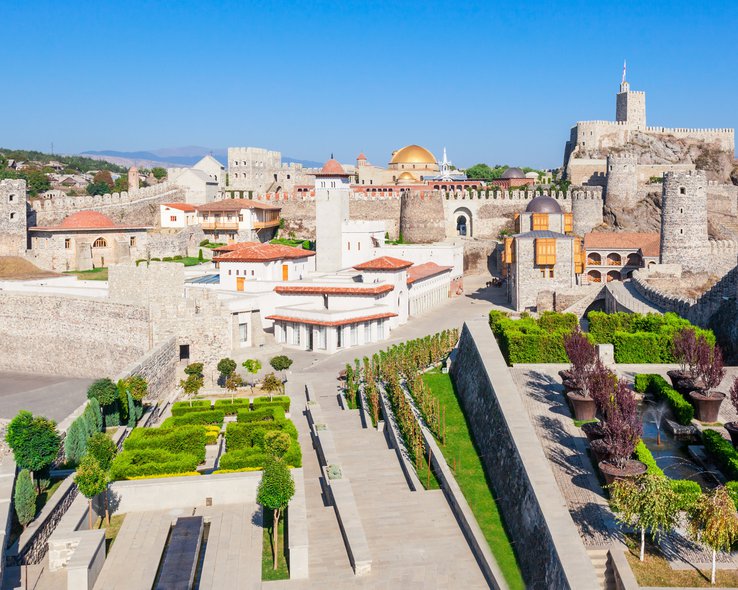

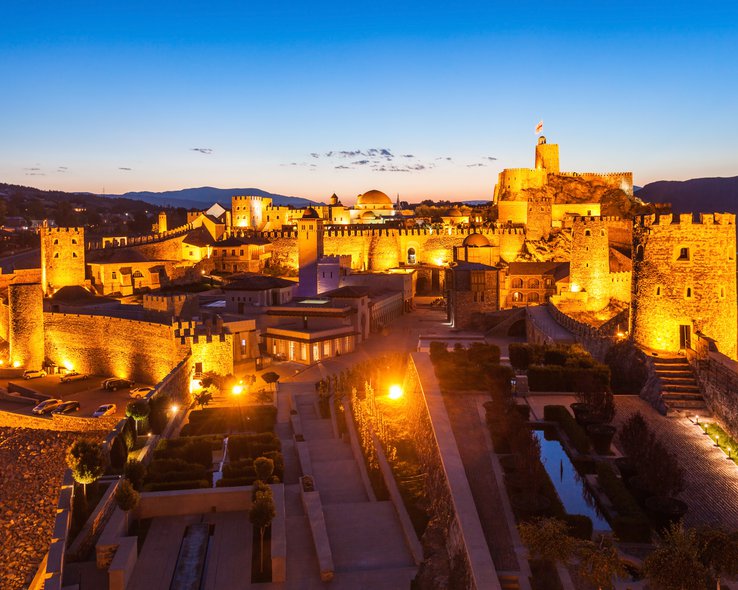
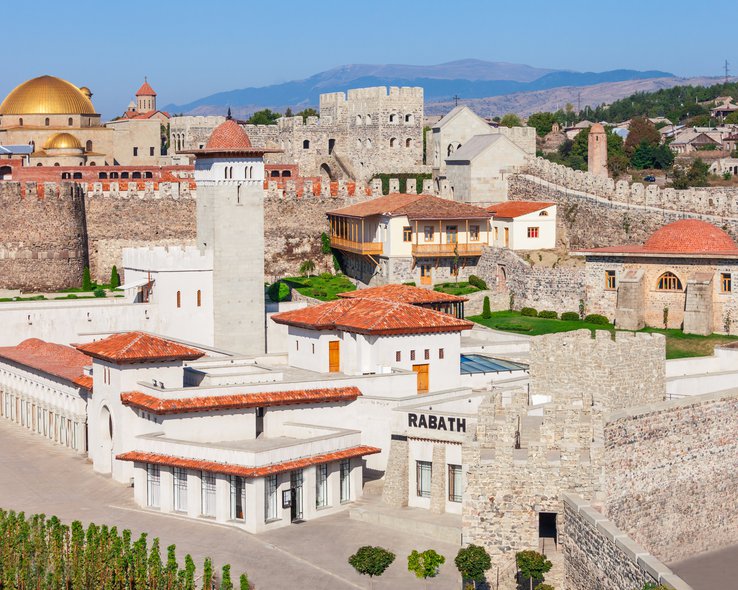
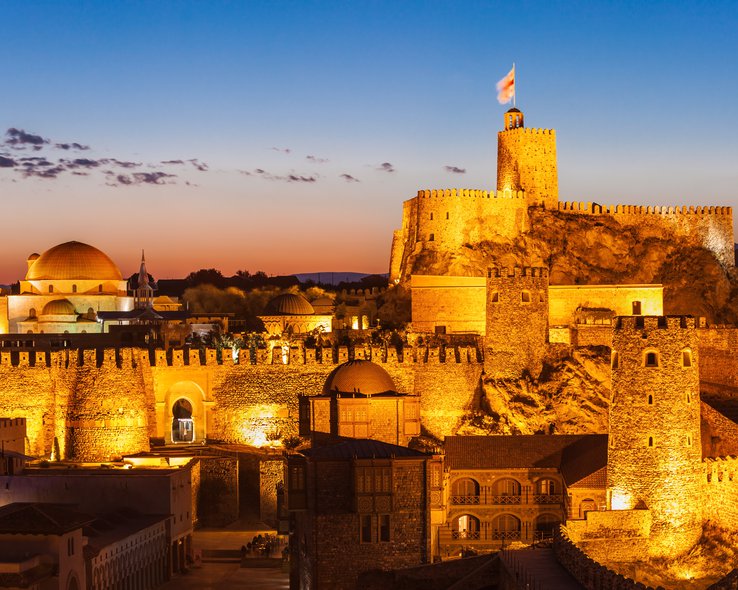
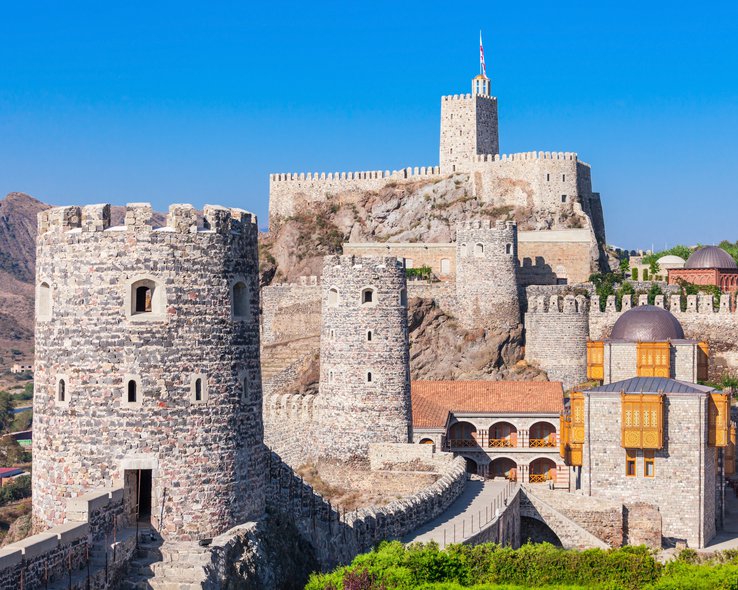
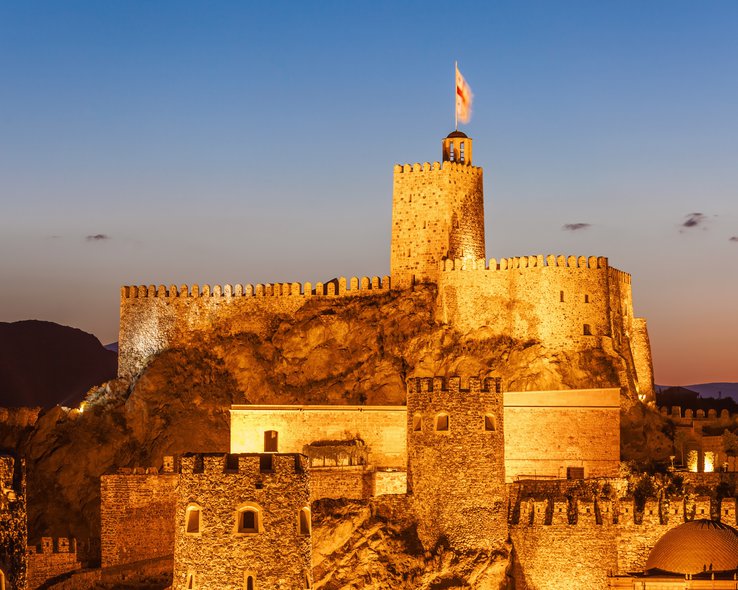
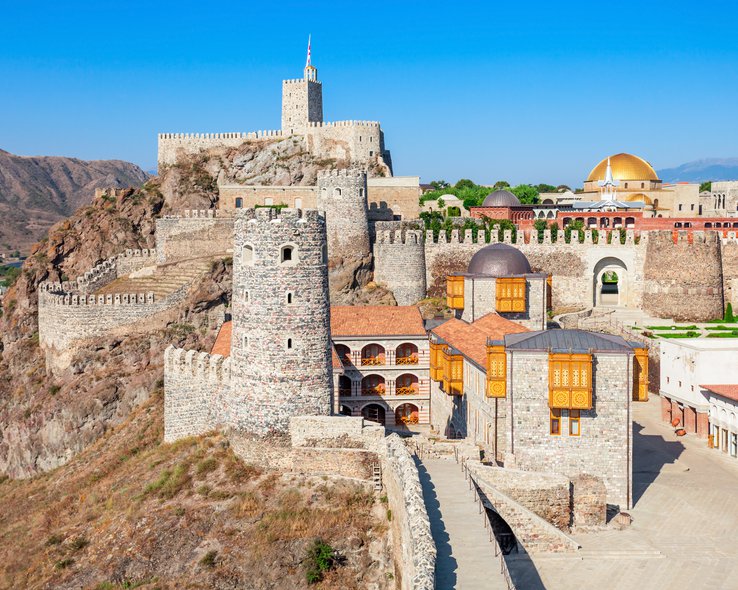
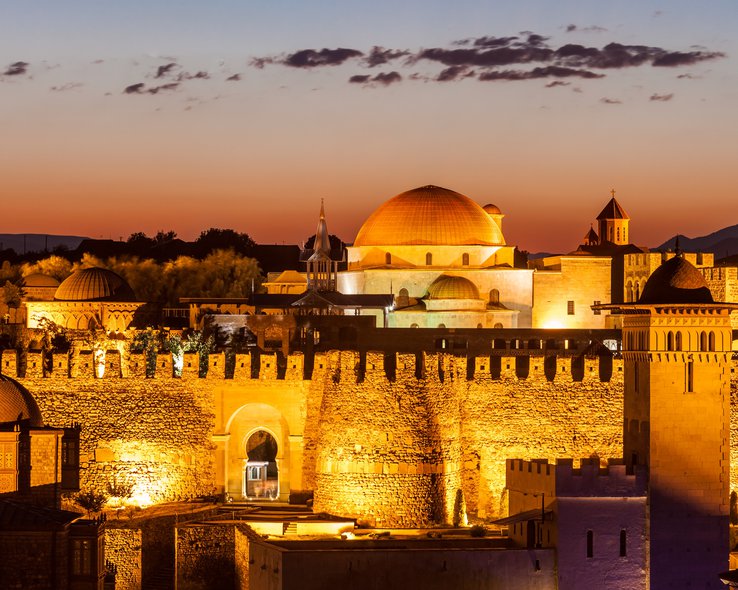
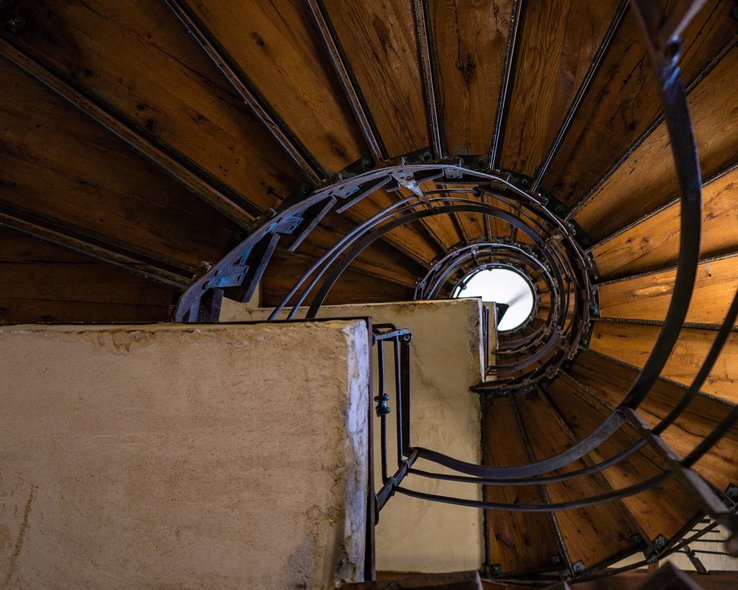





32 comments
Log in to leave a comment
Про магазины в крепости - сначала мысленно поморщилась, потому что ну, как так - древняя крепость, там живая история, там кровь лилась! А потом поняла - это гарантия того, что этот комплекс зданий будет жить. Какие-то действующие предприятия в здании - это своевременный ремонт стен и коммуникаций, поддержание целостности строения. Поэтому пусть магазины - торговля лучше новых войн и новой крови.
Отдельное спасибо за видеоролик - интересно.